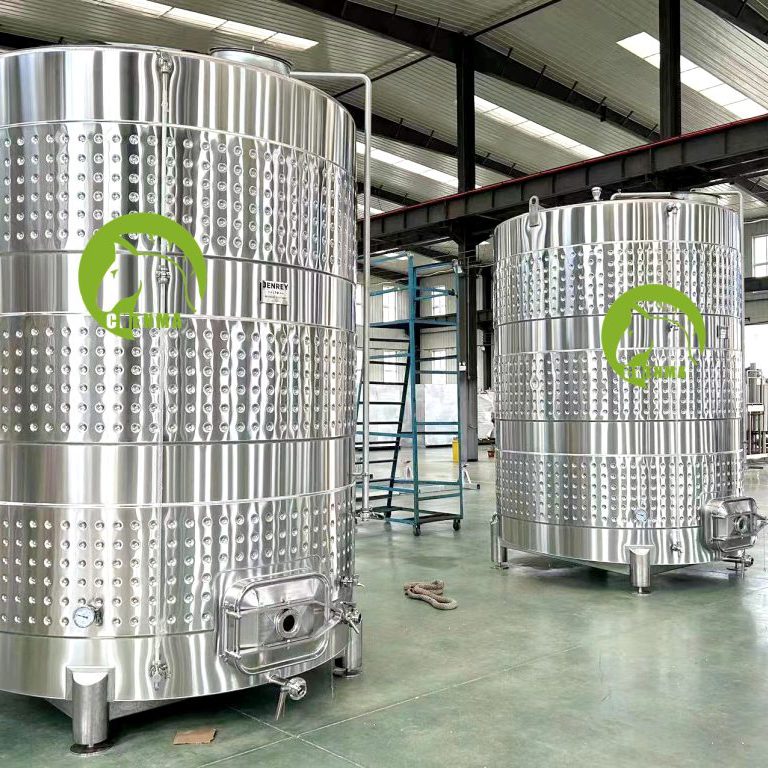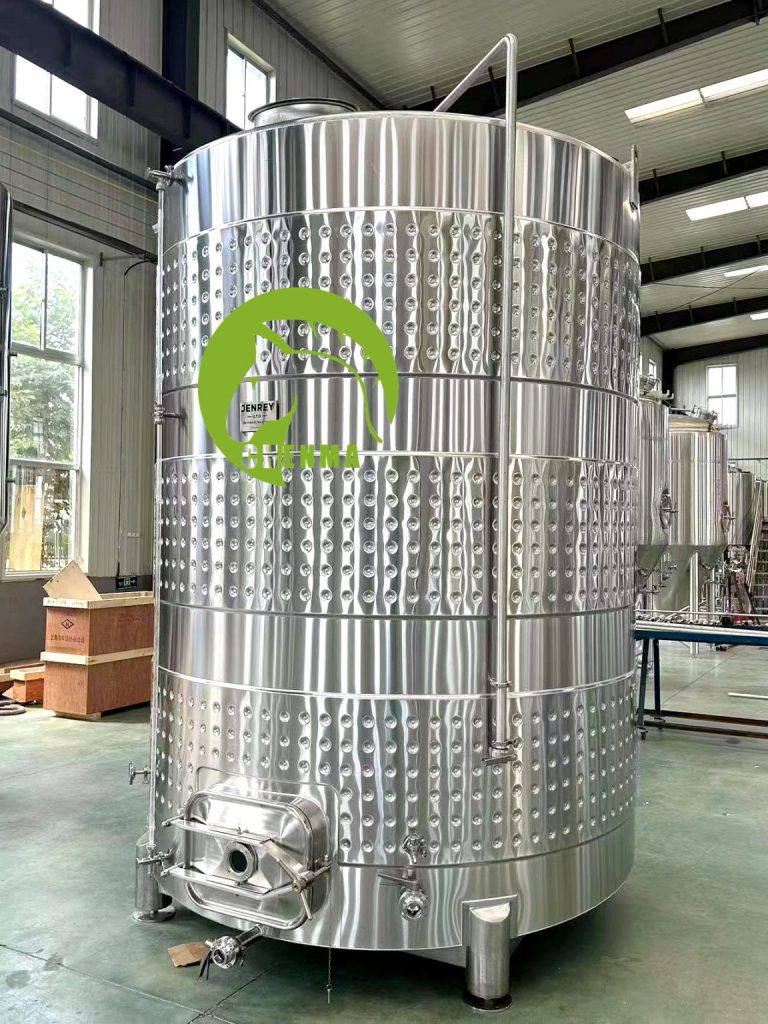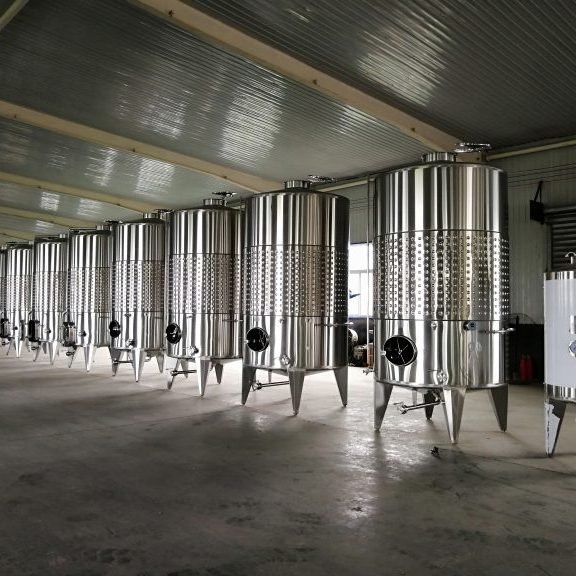Transfers are a large part of the day to day operations in the cellar, when moving wine into cellar tanks, it’s crucial to pay attention to several factors to maintain the quality and integrity of the wine. Here are the key aspects to consider:

1. Sanitation and Cleanliness
In most cases we all agree not to run your pump dry. The pump needs liquid in order to make sure heat is not created. There are variable options to this statement so if unclear …. Never run your pump dry. That is the safest bet.
- Clean Cellar Tanks: Ensure that the cellar tanks are thoroughly cleaned and sanitized before transferring the wine. Residual microorganisms or chemicals can spoil the wine.
- Clean Transfer Equipment: All hoses, pumps, and fittings used in the transfer process should be sanitized to prevent contamination.
- Minimize Oxygen Contact: Wine can easily oxidize if exposed to oxygen, which can lead to spoilage and off-flavors. Use inert gases like nitrogen or carbon dioxide to purge tanks and lines before transfer to reduce oxygen exposure.
- Closed Systems: If possible, use closed transfer systems to avoid direct exposure to air.
- Maintain Ideal Temperatures: Wine should be transferred at an appropriate temperature to avoid heat damage. High temperatures can accelerate chemical reactions, while too-cold temperatures can cause tartrate precipitation or delay fermentation.
- Consistent Temperature: Ensure the receiving celler tank is at a temperature consistent with the wine being transferred to avoid shock.
- Use the Right Pump: Choose a pump that is gentle on the wine, such as a positive displacement or peristaltic pump. This prevents shear forces that could damage the wine’s molecular structure.
- Control Flow Rate: A slow, steady flow minimizes agitation and potential oxygen uptake. Rapid transfers can lead to frothing and increased exposure to oxygen.
- Avoid Overfilling: Ensure theceller tanks have enough capacity to accommodate the wine being transferred. Overfilling can cause spills and waste.
- Maintain Proper Ullage: Leave adequate space (ullage) at the top of thewine tanks to allow for temperature changes and prevent wine from coming into contact with the tank lid, which could lead to oxidation.
- Check for Leaks: Monitor for any leaks in the transfer lines or cellar tanks, which could lead to contamination or wine loss.
- Visual and Sensor Monitoring: Regularly check clarity, color, and aroma during the transfer process to detect any issues immediately.
- Accurate Records: Keep detailed records of the transfer, including volume, temperature, time, and any additives used. This helps in maintaining quality control and tracking any potential issues back to their source.
- Add Sulfites if Necessary: Sulfites might be added during the transfer to stabilize the wine and prevent microbial growth. Ensure accurate dosing to avoid over-sulfiting, which can affect the wine’s taste.
- Mixing and Homogenization: If additives or blending components are being added, ensure they are thoroughly mixed for uniformity.
- Dedicated Equipment: Use dedicated equipment for different wine types to prevent cross-contamination of flavors and microbes.
- Sequential Transfers: If multiple wines are being transferred, consider transferring from lighter to heavier wines to minimize residual contamination risks.
- Follow Safety Protocols: Ensure all personnel follow safety guidelines, including wearing appropriate protective equipment when handling chemicals or operating machinery.
- Ventilation: Make sure the area is well-ventilated, especially if working with inert gases or sulfur dioxide.
In most cases we all agree not to run your pump dry. The pump needs liquid in order to make sure heat is not created. There are variable options to this statement so if unclear …. Never run your pump dry. That is the safest bet.

By carefully managing these factors, you can ensure the quality of the wine is maintained throughout the transfer process to the cellar tanks. Transfers are a large part of moving your precious liquids around the winery. Stay nearby, listen to the equipment while visually looking for leaks. Also – know what your goals are. This should not be a mindless transaction in the cellar and the more you think through your goals for each wine the more creative ways you can achieve them even during these everyday tasks.



